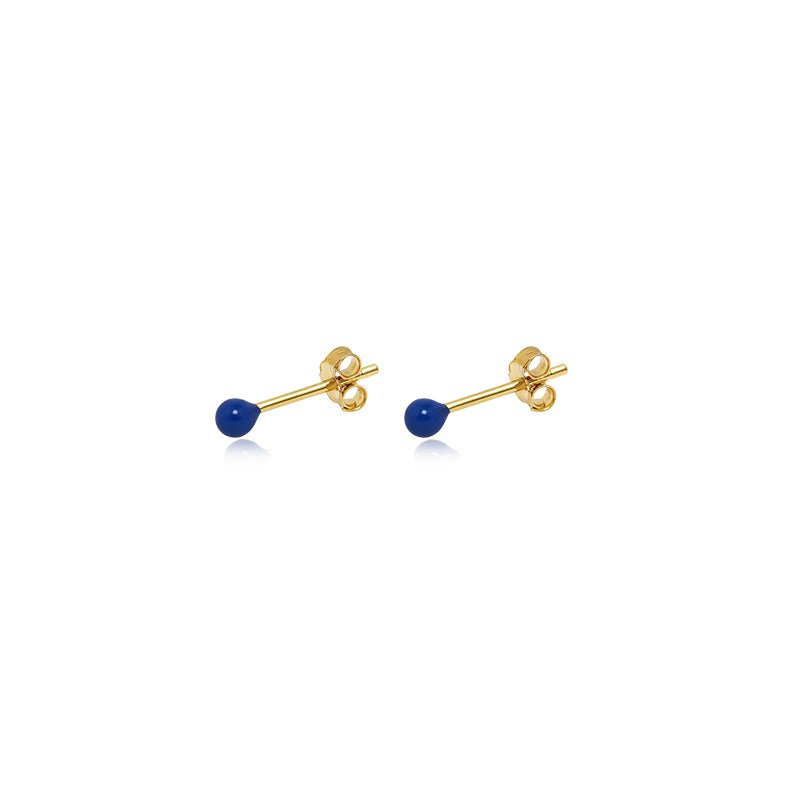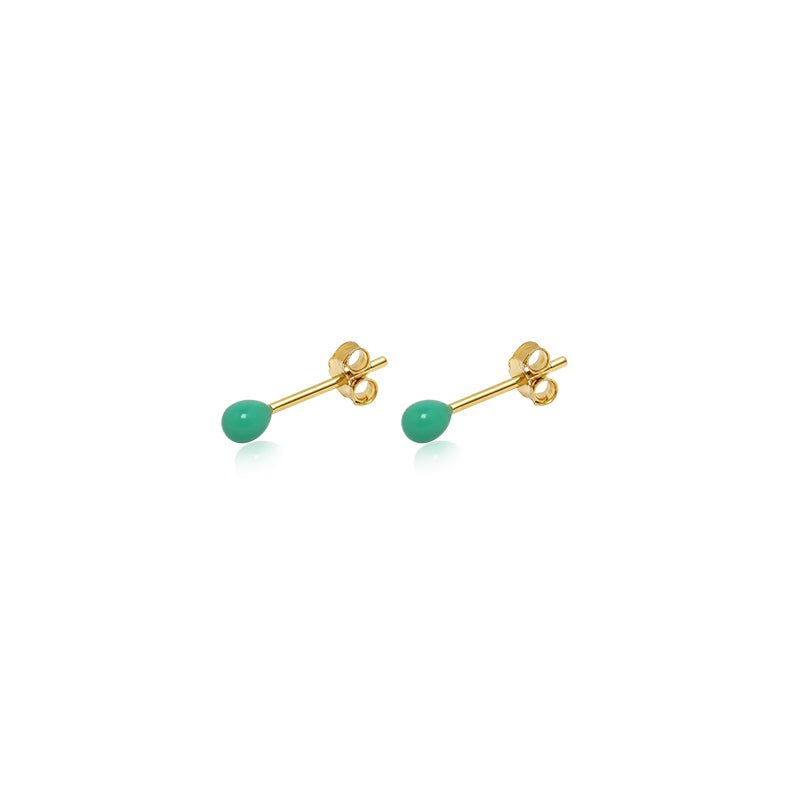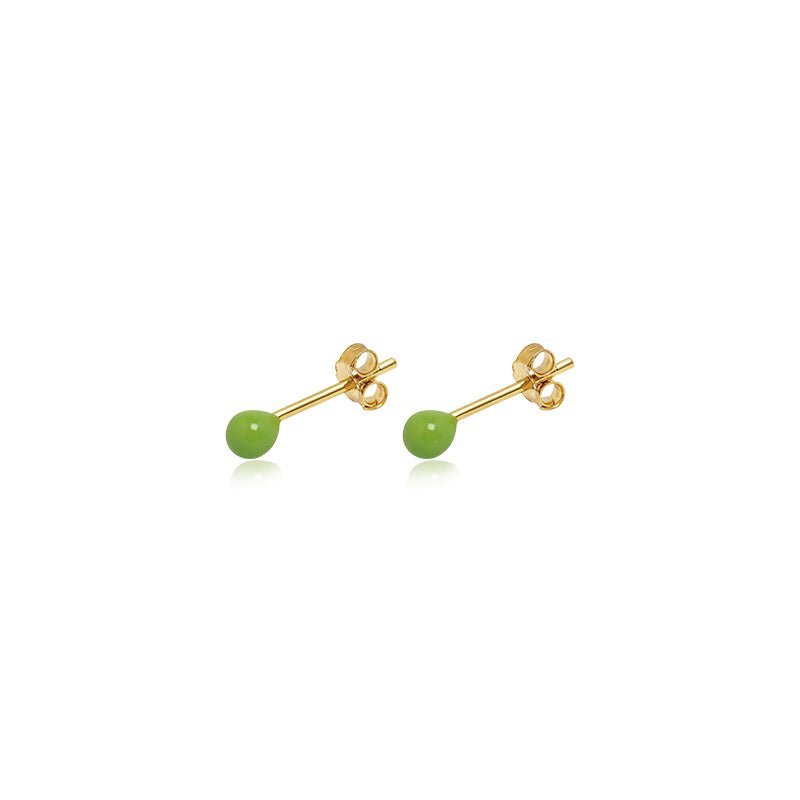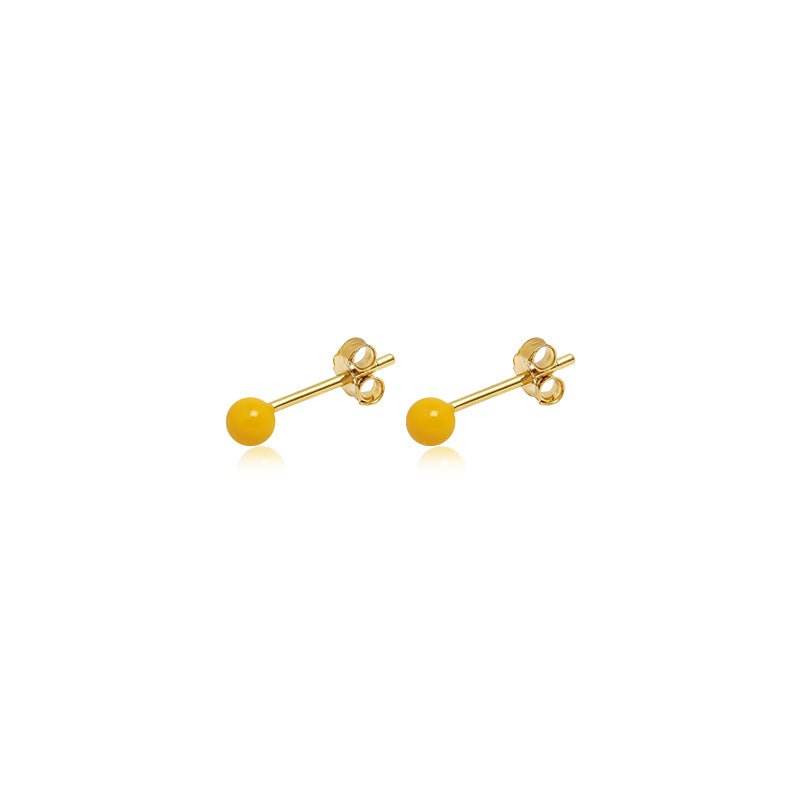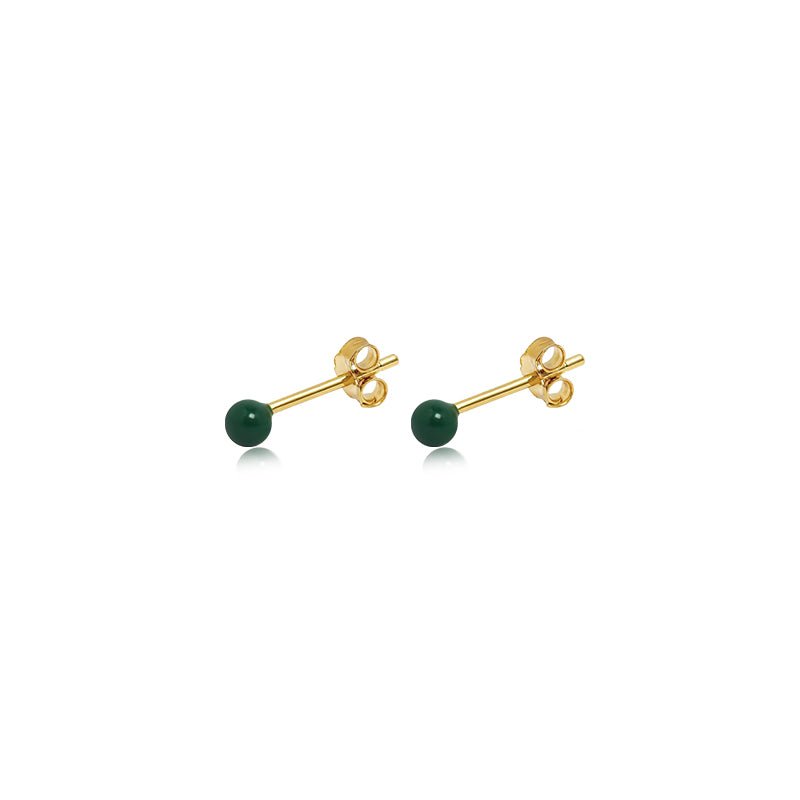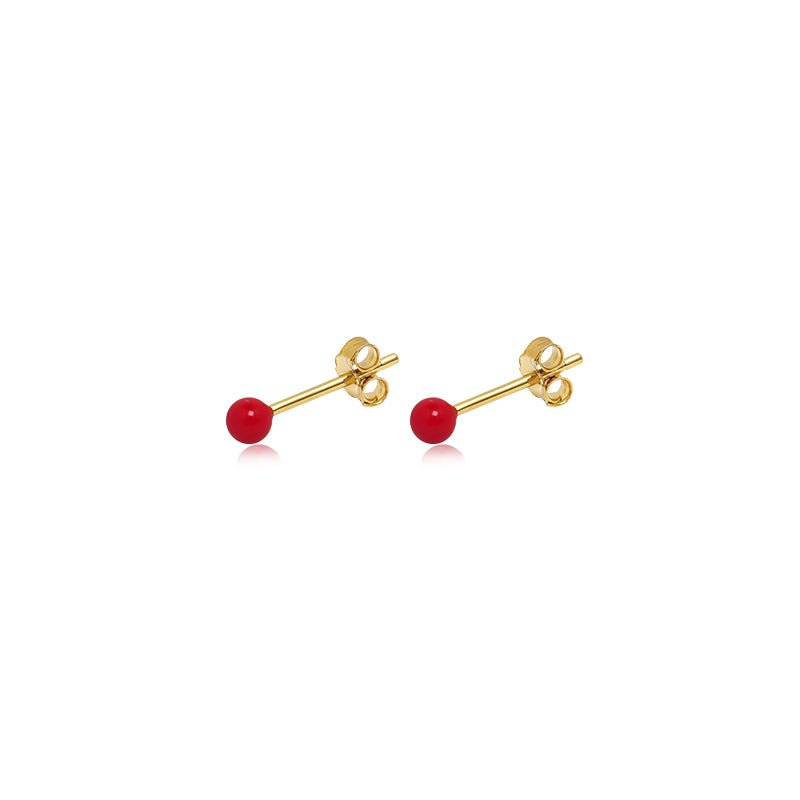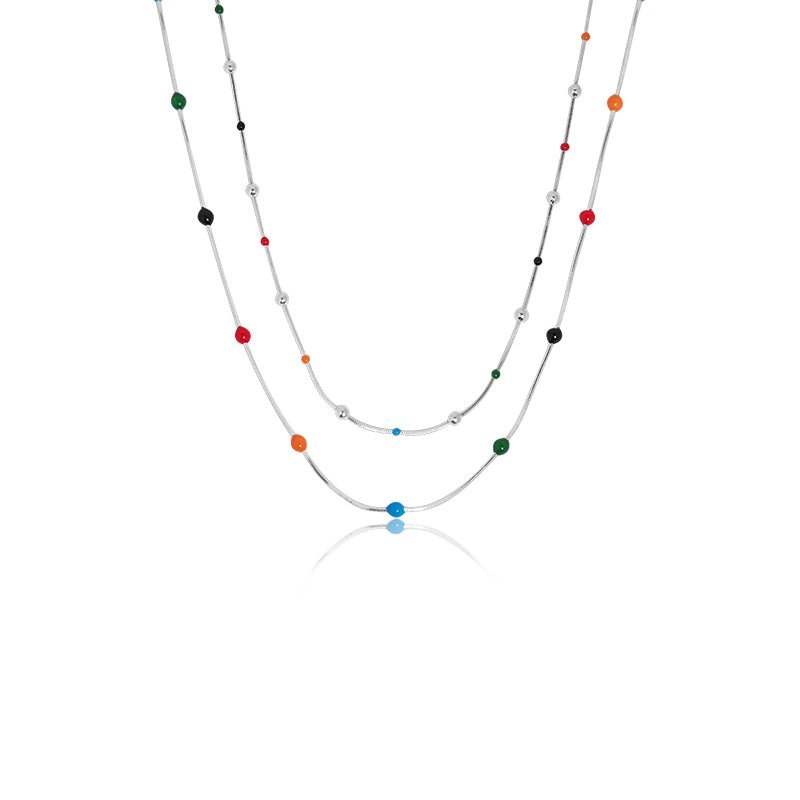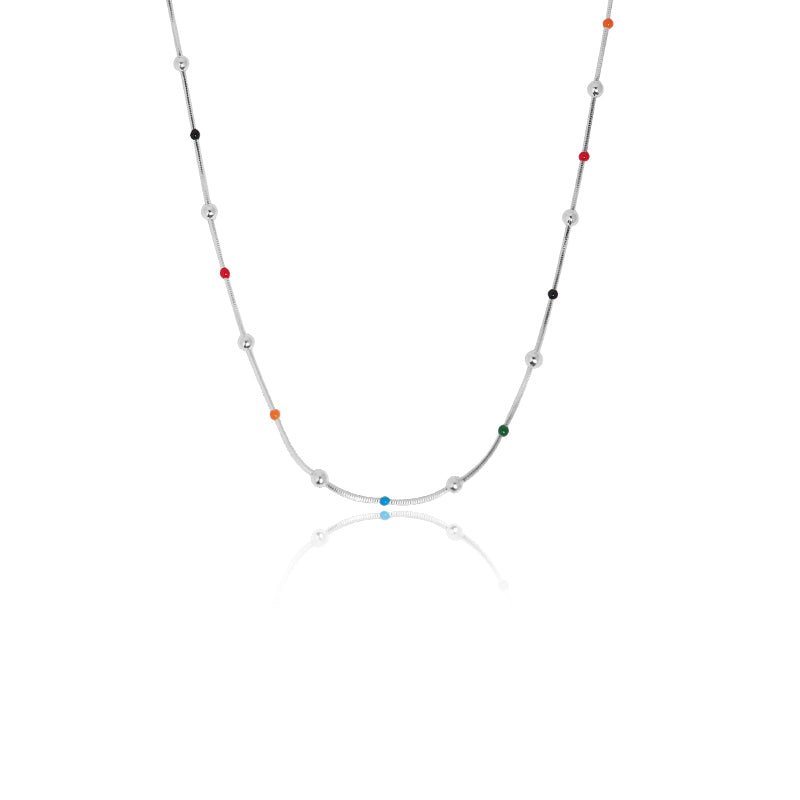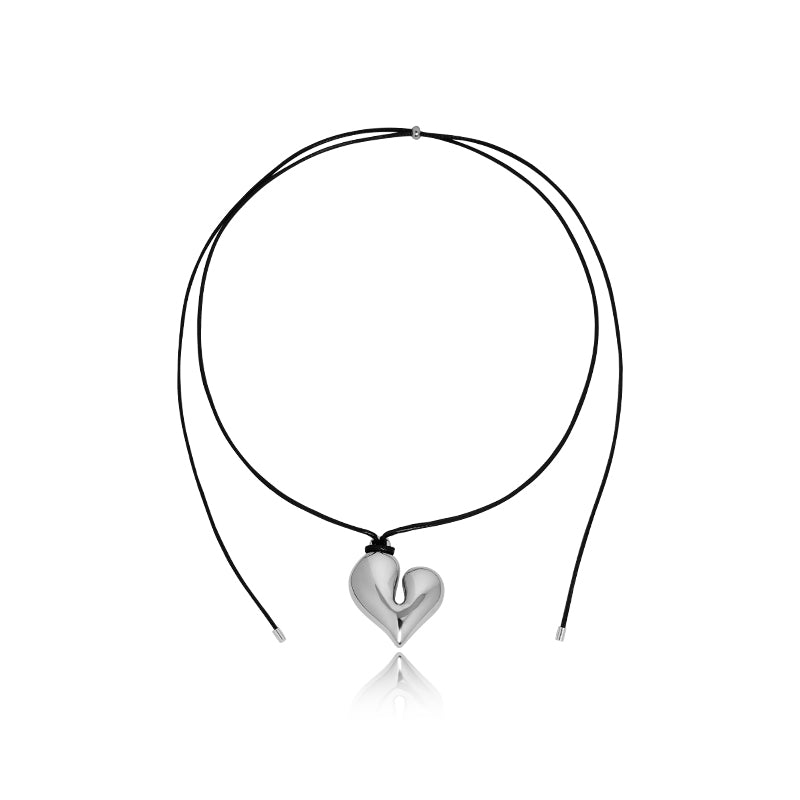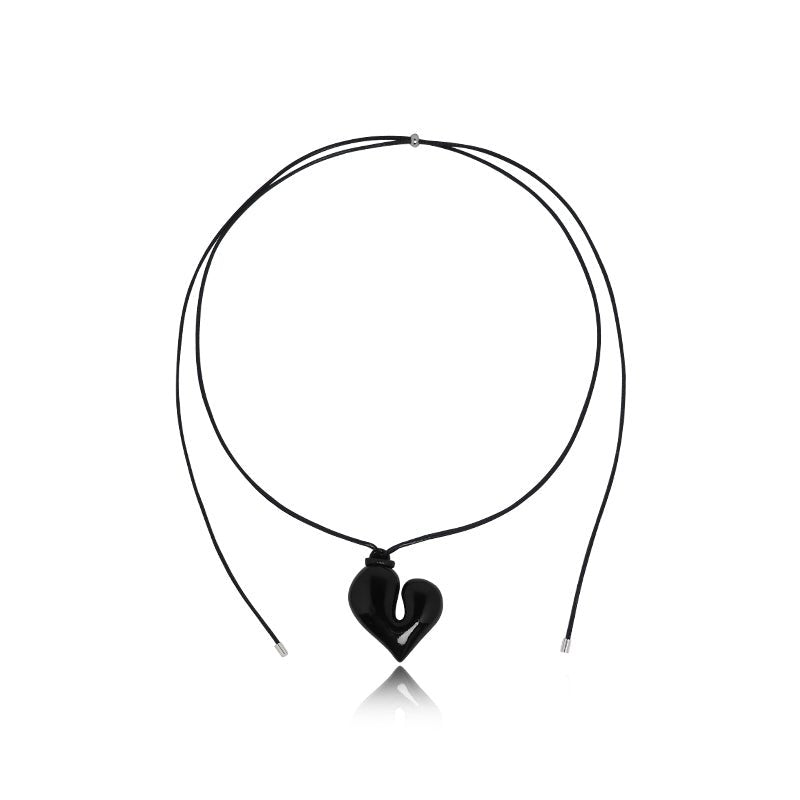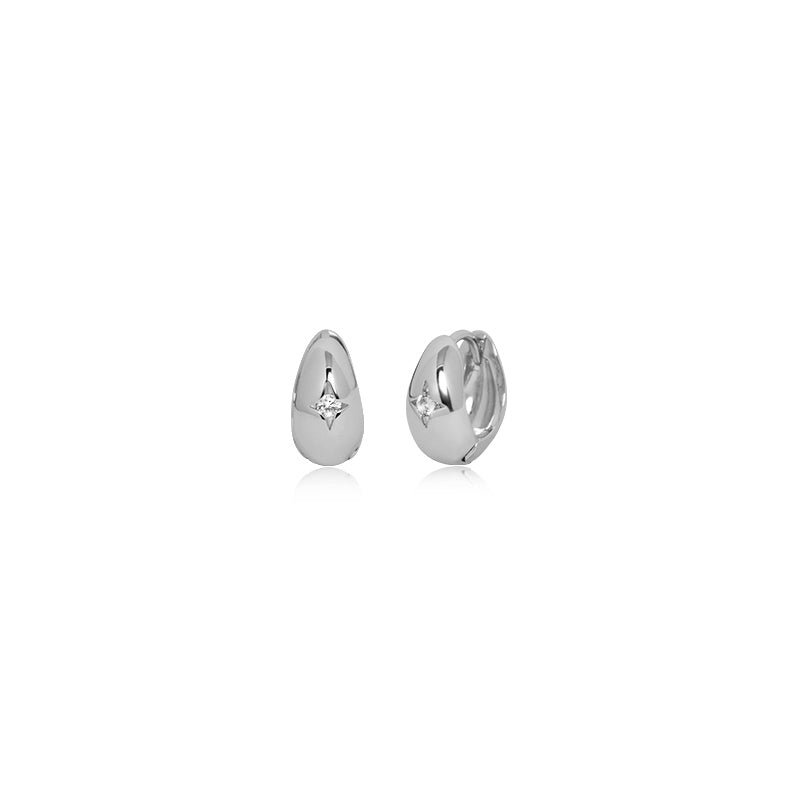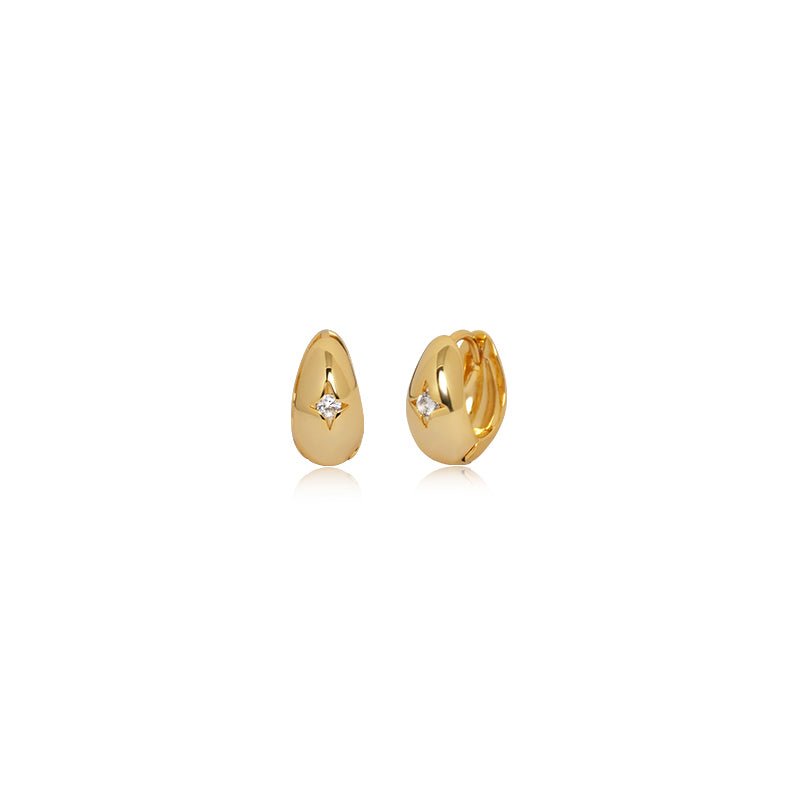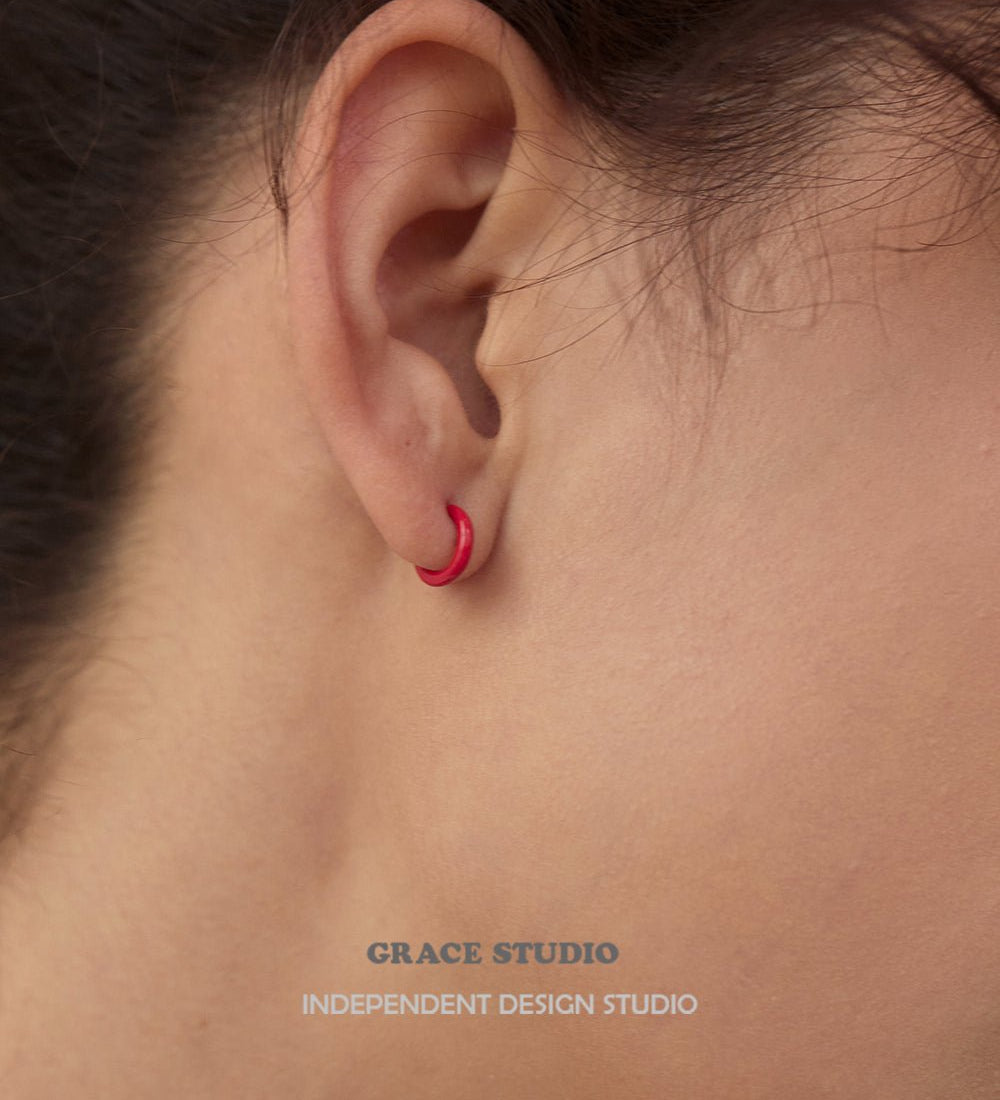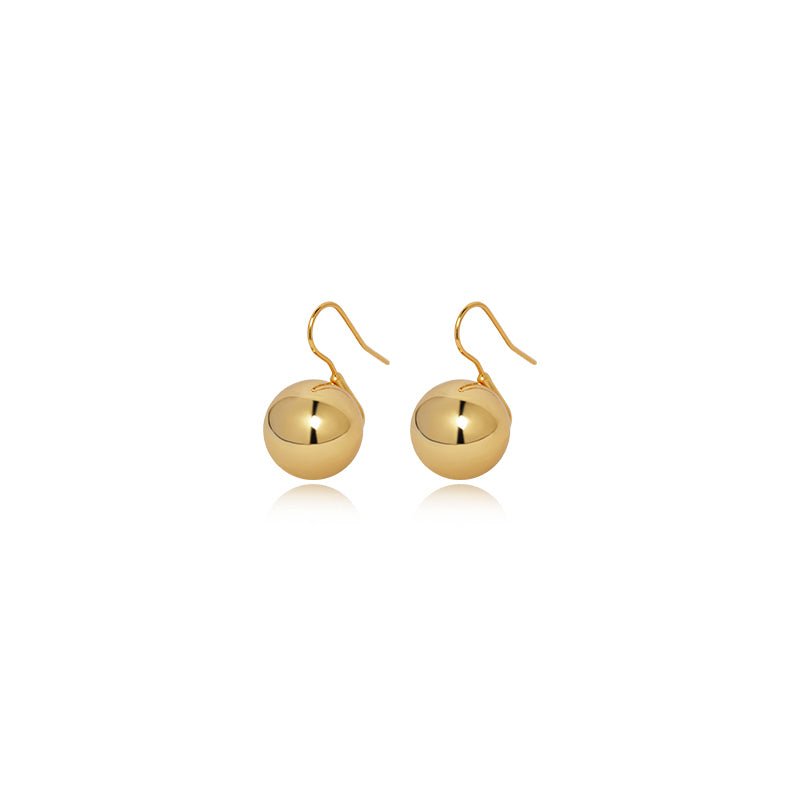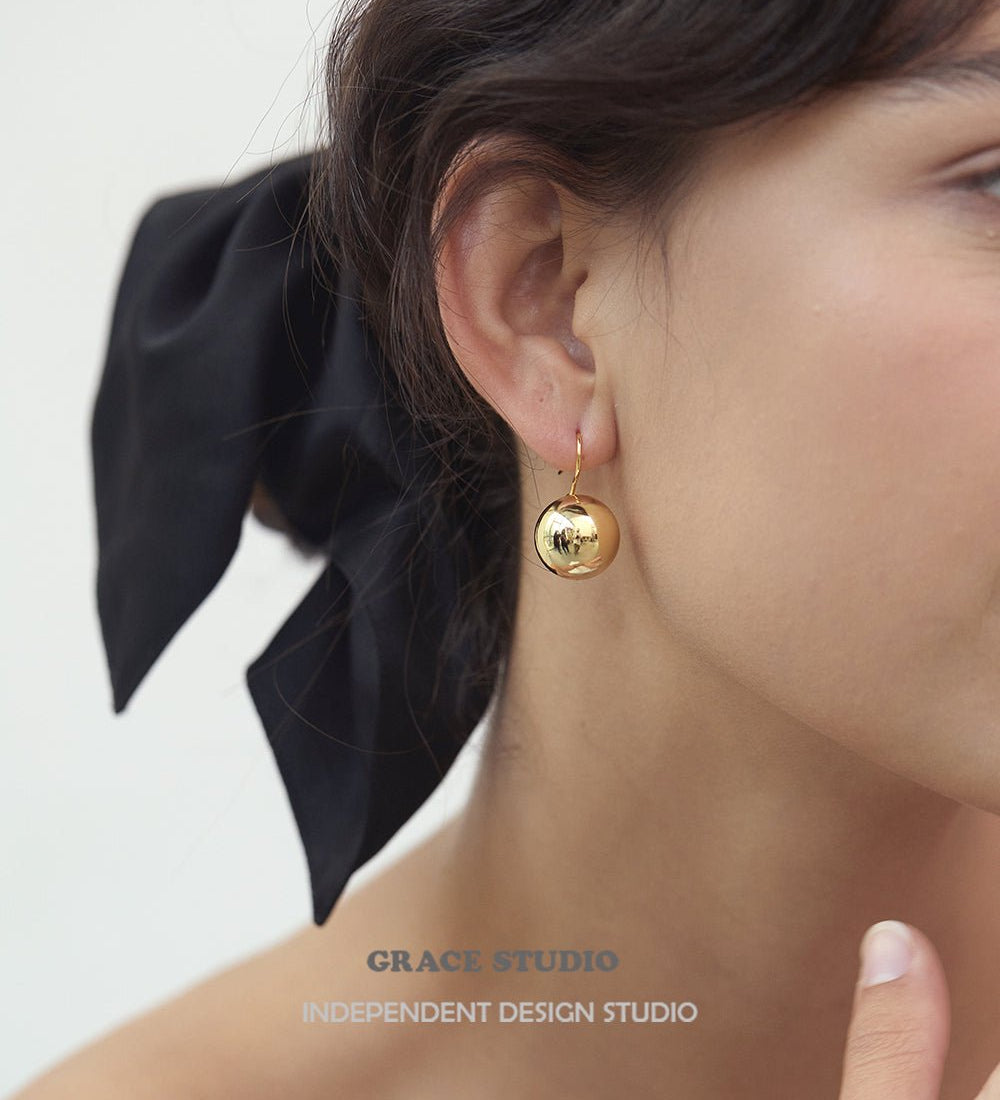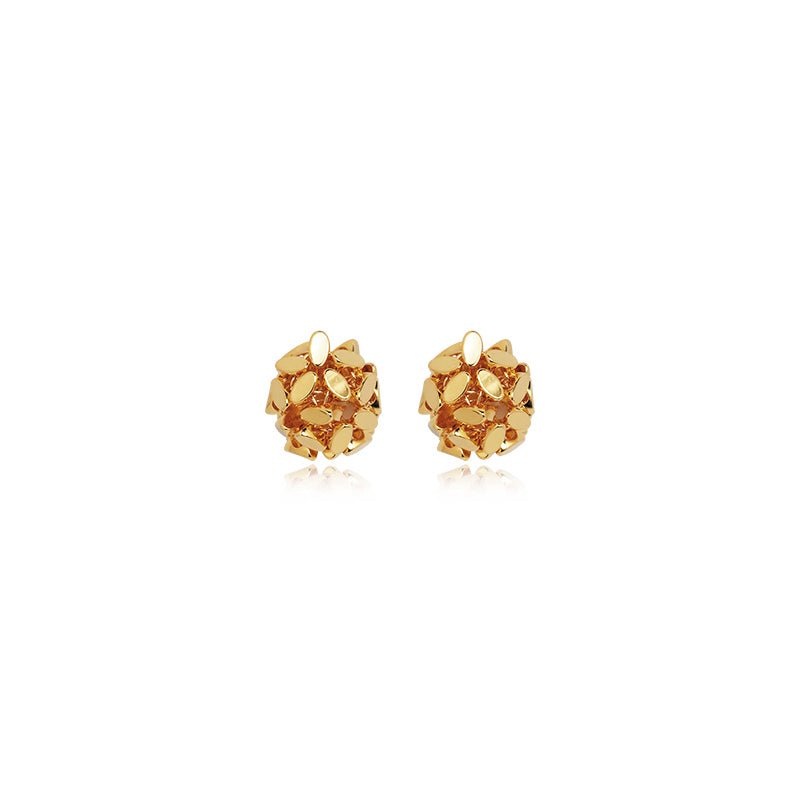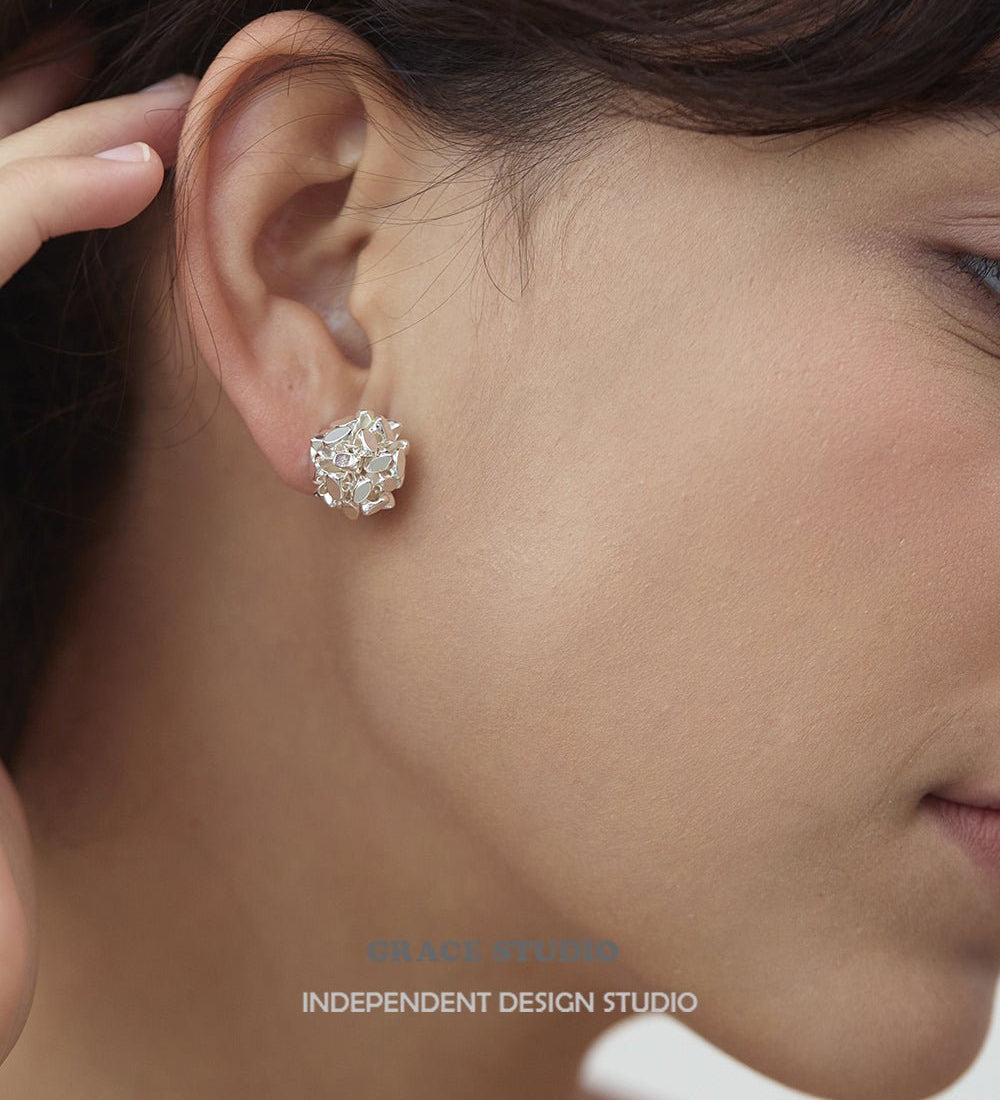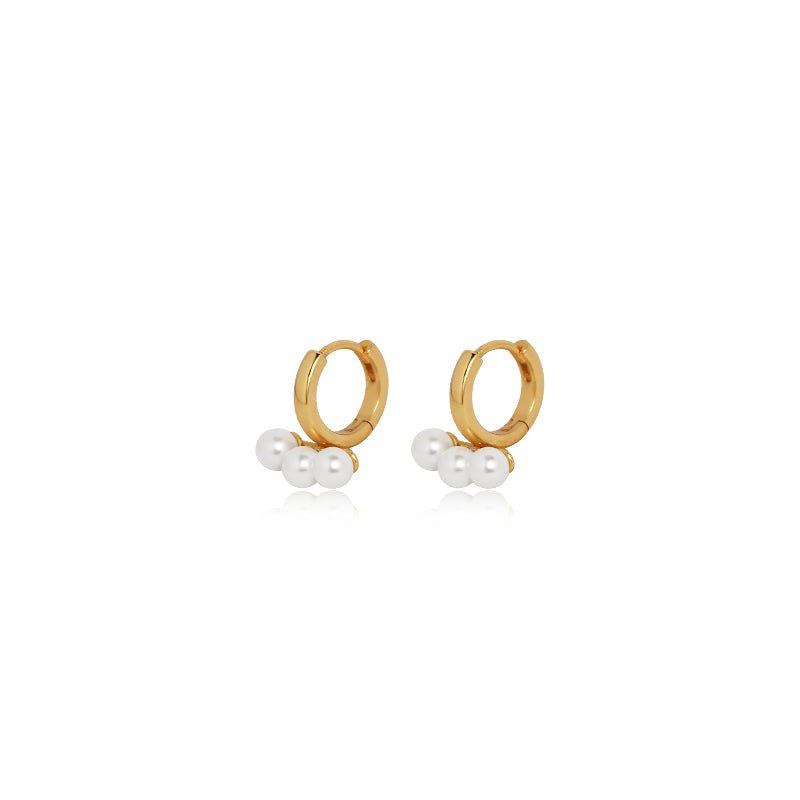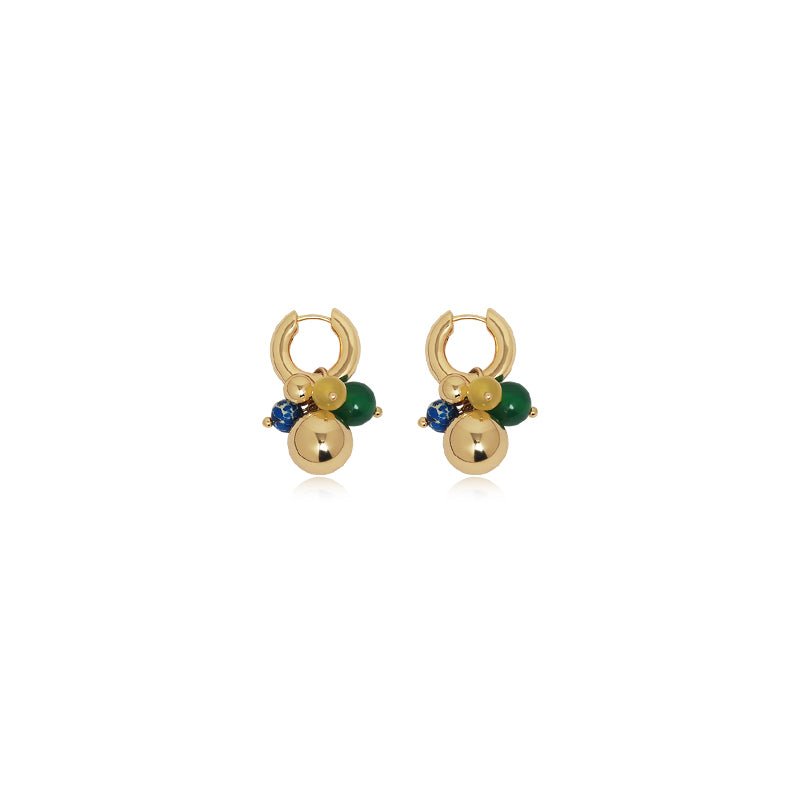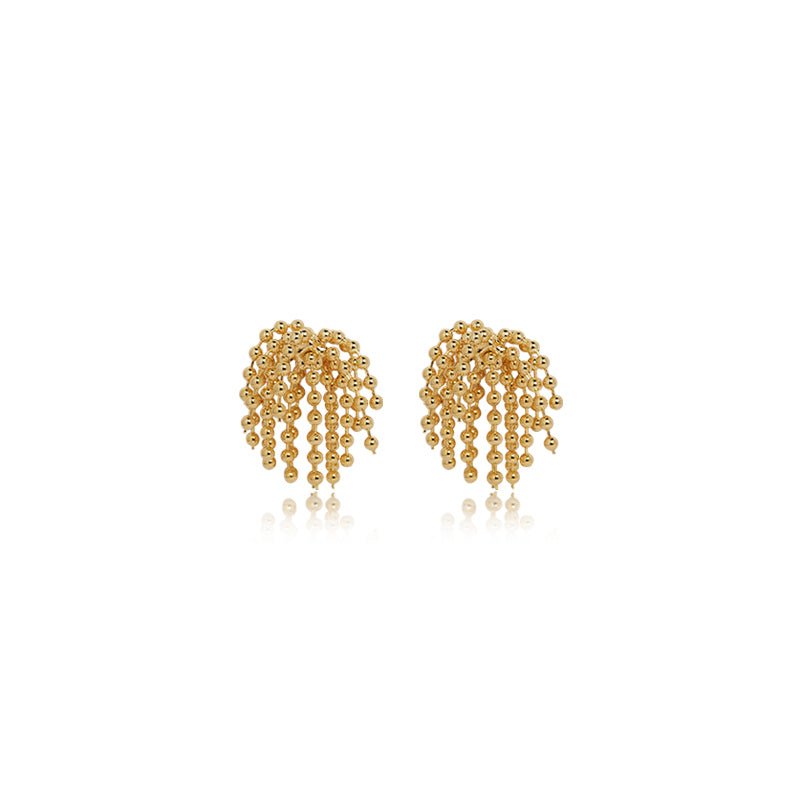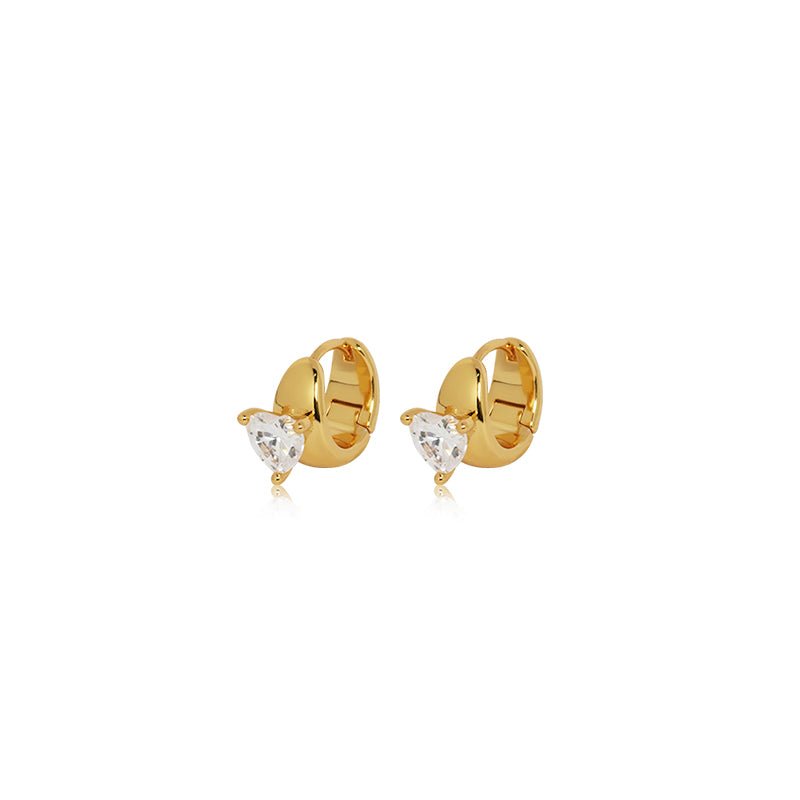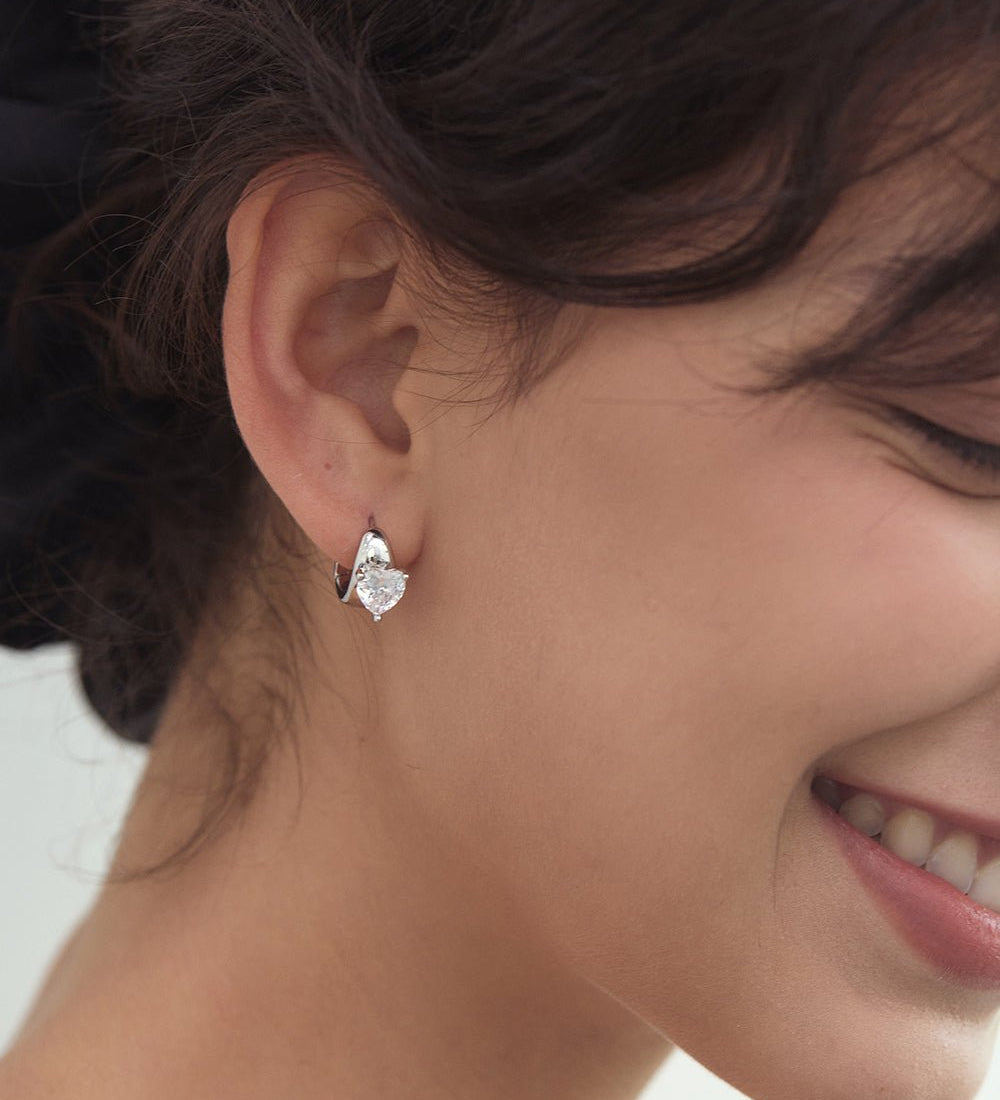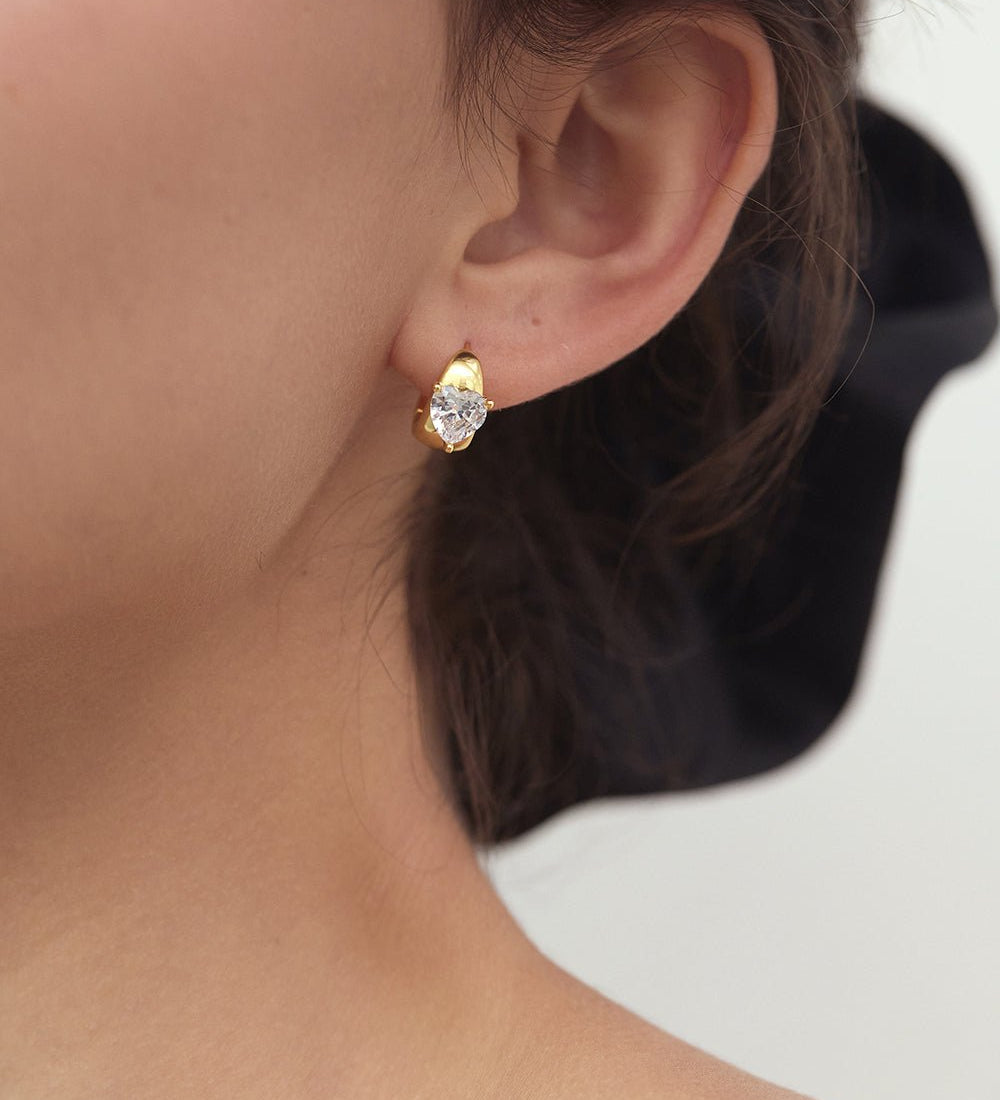How to Prevent Silver Plated Jewelry from Tarnishing
Silver-plated jewelry sparkles with the elegance of sterling silver but comes at a fraction of the cost, making it a favorite for those who love stylish accessories without breaking the bank. Whether it’s a delicate necklace, a pair of statement earrings, or a chic bracelet, silver-plated jewelry offers affordable luxury. However, one common frustration is tarnishing, that dull, dark layer that forms over time, stealing the shine. If you’ve ever wondered how to keep silver plating from tarnishing or how to stop plated jewelry from tarnishing, you’re not alone. Tarnish is a natural reaction, but with the right care, you can keep your jewelry looking as good as new.
The appeal of silver-plated jewelry lies in its versatility and budget-friendly price tag. Unlike solid silver, which is made entirely of the precious metal, silver-plated jewelry has a thin layer of silver over a base metal, like copper or brass. This makes it more affordable but also more prone to wear and tarnish. If you’re asking how to make silver plated jewelry last or how do I keep fake silver from tarnishing, the good news is that simple, at-home solutions can make a big difference. From proper storage to gentle cleaning, this guide will walk you through practical steps to maintain the shine of your silver-plated and “fake silver” jewelry. Whether you’re a jewelry enthusiast or just want to protect your favorite pieces, these tips will help you extend their lifespan and keep them dazzling.
In this article, we’ll cover everything you need to know about preventing tarnish, from understanding why it happens to actionable steps you can take at home. You’ll learn how to store, wear, and clean your jewelry properly, as well as long-term strategies like protective coatings and replating. By the end, you’ll have a clear, beginner-friendly plan to keep your silver-plated jewelry sparkling for years.
Understanding Tarnishing
Tarnishing is the process that turns your shiny silver-plated jewelry dull, dark, or even blackish over time. It’s caused by a chemical reaction called oxidation, where the silver layer on your jewelry reacts with substances like oxygen, moisture, or sulfur in the air. This creates a layer of silver sulfide, which is what you see as tarnish. If you’ve ever noticed your favorite necklace looking less vibrant after sitting in a drawer or wondered how to keep silver plating from tarnishing, this reaction is the culprit.
Several factors speed up tarnishing, especially for silver-plated or “fake silver” jewelry. Humidity is a major player, think steamy bathrooms or sweaty summer days. Everyday products like perfumes, lotions, hairsprays, and even household cleaners can also trigger tarnish by exposing the silver to chemicals. Sweat, body oils, and even certain foods (like eggs or onions, which contain sulfur) can worsen the problem. For those wondering how to keep cheap jewelry from tarnishing, the thinner silver layer on affordable or “fake” silver pieces makes them more vulnerable. Unlike solid silver, which is durable and can be polished extensively, the thin plating on these pieces wears down faster, so preventing tarnish is key.
To clarify, solid silver (often called sterling silver, which is 92.5% pure silver) is more resistant to wear but still tarnishes. Silver-plated jewelry, on the other hand, has a base metal (like copper or brass) coated with a thin silver layer, sometimes as little as a few microns thick. This makes it less durable, and once the plating wears off, the base metal can show through, sometimes causing discoloration or even skin irritation. When people ask how long does silver plated jewelry last?, the answer depends on care and usage, typically 1 to 5 years with proper maintenance, though heavy wear or neglect can shorten this lifespan. Understanding these factors sets the foundation for keeping your jewelry tarnish-free, and the steps below will show you exactly how to do it.
Preventive Care Tips

Preventing tarnish starts with small, consistent habits that protect your silver-plated jewelry from the elements that cause oxidation. By focusing on how you store, wear, and clean your pieces, you can keep them looking bright and beautiful. Below are practical, step-by-step methods to answer questions like how to prevent silver plated jewelry from tarnishing at home and how to keep cheap jewelry from tarnishing.
Storage Solutions
Proper storage is one of the easiest and most effective ways to prevent tarnish. By shielding your jewelry from air, moisture, and chemicals, you can significantly slow down the oxidation process. Here’s how to do it:
-
Choose a Cool, Dry Storage Spot: Store your silver-plated jewelry in a place with low humidity, like a bedroom drawer or a jewelry box, rather than a bathroom where steam from showers can accelerate tarnish. This directly addresses how to prevent silver plated jewelry from tarnishing at home by keeping pieces away from moisture-heavy environments.
-
Use Anti-Tarnish Storage: Invest in anti-tarnish bags or pouches, which are lined with materials that absorb tarnish-causing substances like sulfur. Alternatively, airtight containers or zip-lock bags work well for budget-conscious folks. You can find these at craft stores or online for a few dollars, making them a practical solution for how to keep cheap jewelry from tarnishing.
-
Add Moisture Absorbers: Place silica gel packets (like the ones that come with new shoes or electronics) or anti-tarnish strips in your storage container. These absorb moisture and reduce oxidation, keeping your jewelry shiny. A popular hack from communities like Reddit, answering how to prevent silver plated jewelry from tarnishing reddit, is to use household items like chalk or uncooked rice in a small cloth bag to absorb moisture, both are cheap and effective alternatives.
-
Keep Pieces Separate: Store each piece of jewelry individually to prevent scratching, which can expose the base metal and speed up tarnishing. Use soft pouches or small compartments in a jewelry box to keep necklaces, rings, and earrings from rubbing against each other.
By following these storage tips, you create a protective environment that minimizes tarnish, especially for delicate silver-plated or gold-toned pieces.
Wearing Habits
How you wear your silver-plated jewelry plays a huge role in preventing tarnish. Daily habits can either protect the plating or expose it to damaging elements. Here’s a guide to wearing your jewelry wisely, addressing questions like can you wear silver plated jewelry every day? and how to prevent silver plated jewelry from tarnishing gold.
-
Avoid Water and Sweat Exposure: Remove your jewelry before swimming, exercising, or doing household chores like dishwashing. Water, especially chlorinated pool water or salty sweat, can erode the silver plating and cause tarnish. This is especially important for gold-colored silver-plated jewelry, as the thin silver layer under the gold tone is prone to wear (how to prevent silver plated jewelry from tarnishing gold). If you’re wondering can you wear silver plated jewelry every day?, the answer is yes, but only with caution, limit exposure to water and sweat to extend its life.
-
Apply Cosmetics First: Put on lotions, perfumes, hairsprays, or makeup before wearing your jewelry. These products contain chemicals that can react with the silver plating, causing it to tarnish faster. For example, spraying perfume directly onto a necklace can dull its shine over time. Wait a few minutes for cosmetics to dry completely before putting on your jewelry.
-
Take Off Jewelry Before Water Activities: Always remove silver-plated jewelry before showering, washing hands, or swimming. Even brief exposure to water can start the tarnishing process, especially in humid climates. This simple habit protects both silver and gold-toned pieces, keeping them vibrant.
-
Rotate Your Jewelry: If you love wearing your silver-plated pieces daily, consider rotating them to reduce wear on any single item. Constant use without breaks can wear down the plating faster, so give your favorites a rest now and then.
These habits minimize exposure to tarnish triggers, helping your jewelry stay shiny longer, whether it’s silver or gold-toned.
Cleaning and Maintenance
Regular cleaning keeps your silver-plated jewelry looking fresh and prevents tarnish buildup. However, because the silver layer is thin, you need to clean gently to avoid damage. Here’s how to maintain your pieces and refresh silver plated jewelry while addressing how to keep silver from tarnishing after cleaning.
-
Wipe After Each Use: After wearing your jewelry, gently wipe it with a soft, lint-free cloth, like a microfiber or cotton cloth, to remove sweat, oils, or dirt. This quick step, taking just a minute, prevents tarnish-causing substances from sitting on the surface and answers how to keep cheap jewelry from tarnishing by maintaining even affordable pieces.
-
Clean with Mild Soap and Water: For deeper cleaning, mix a few drops of mild dish soap (like Dawn) with warm water. Dip a soft cloth or a soft-bristled toothbrush into the solution and gently scrub the jewelry, focusing on crevices. Rinse thoroughly with clean water and dry immediately with a soft cloth to prevent water spots. This method is safe for both silver and gold-toned pieces and helps refresh silver plated jewelry without damaging the plating.
-
Use a Baking Soda Paste for Light Tarnish: If you notice slight tarnish, make a paste with baking soda and a few drops of water. Apply it gently with a soft cloth, rub in small circles, and rinse thoroughly. Pat dry immediately to avoid moisture buildup. This budget-friendly hack is perfect for how to prevent silver plated jewelry from tarnishing at home and works well for light tarnish without abrasive damage.
-
Avoid Harsh Cleaners: Never use toothpaste, vinegar, or commercial silver polishes designed for solid silver, as they’re too abrasive for the thin plating on silver-plated jewelry. These can strip the silver layer, especially on cheaper pieces, leading to discoloration or exposure of the base metal (how to keep cheap jewelry from tarnishing).
By cleaning your jewelry gently and regularly, you can keep it looking polished and prevent tarnish from taking hold.
Long-Term Protection

To make your silver-plated jewelry last for years, you’ll need to go beyond daily care and consider long-term strategies. These methods, including protective coatings, replating, and regular inspections, address questions like how to make silver plated jewelry last and how long does silver plated jewelry last?. They help maintain both the appearance and durability of your pieces.
Protective Coatings
Applying a protective coating creates a barrier between your jewelry and tarnish-causing elements like air and moisture. Here’s how to approach this method:
-
Use Clear Nail Polish for a DIY Coating: For a budget-friendly solution to coating silver to prevent tarnish, apply a thin layer of clear nail polish to your silver-plated jewelry. Use a small brush to coat areas exposed to air, like the surface of a pendant or the band of a ring. Be sparing to avoid altering the jewelry’s appearance, and test on a small area first. This works well for both silver and gold-toned pieces (how to prevent silver plated jewelry from tarnishing gold). Reapply every few months as the coating wears off.
-
Explore Specialized Jewelry Lacquers: For a more professional option, look for jewelry-specific lacquers or sealants available at craft stores or online. These are designed to protect metal surfaces without affecting shine. Follow the product instructions carefully, as some require a clean, dry surface for best results.
-
Consider Professional Rhodium Plating: For gold-toned silver-plated jewelry, professional rhodium plating adds a durable, tarnish-resistant layer. Rhodium, a precious metal, enhances shine and protects the underlying silver, addressing how to prevent silver plated jewelry from tarnishing gold. This service, available at jewelers, can extend the life of your pieces but may cost $20-$100 depending on the item.
-
Monitor Coating Wear: Protective coatings, whether DIY or professional, wear off over time with regular use. Check your jewelry every few months and reapply or seek professional re-coating as needed to maintain tarnish resistance.
Coatings are a proactive way to shield your jewelry, especially for pieces you wear often or in humid climates.
Replating for Longevity
When the silver plating on your jewelry wears thin or tarnish becomes stubborn, replating can restore its shine and extend its life. Here’s how to approach replating, addressing how to replate silver plated jewelry at home and how to make silver plated jewelry last.
-
Understand Home Replating Kits: Home replating kits, available online, allow you to apply a new silver layer using electroplating solutions. These kits typically include chemicals and tools to coat the jewelry, but they require caution. Follow instructions precisely, wear gloves, and work in a well-ventilated area, as the chemicals can be hazardous. Home replating is a cost-effective option (kits range from $30-$60), but results may not match professional quality, especially for intricate pieces.
-
Opt for Professional Replating: For better results, take your jewelry to a professional jeweler for replating. They use advanced equipment to apply a thicker, more even silver layer, which can make your jewelry look brand new. This answers how to refresh silver plated jewelry and is ideal for cherished pieces. Professional replating costs $50-$150, depending on the item’s size and complexity, but it significantly extends the jewelry’s lifespan.
-
Know When Replating Is Needed: If the base metal is visible or the jewelry looks dull despite cleaning, replating can restore its appearance. With proper care, a replated piece can last 1-5 years or more, addressing how long does silver plated jewelry last?. Regular maintenance after replating, like the tips in Section 2, will maximize this duration.
-
Weigh Cost vs. Value: For very inexpensive jewelry, consider whether replating is worth the cost compared to replacing the piece. For sentimental or higher-quality silver-plated items, replating is a great way to make silver plated jewelry last.
Replating is a powerful tool for reviving worn jewelry, but it’s most effective when paired with ongoing care.
Regular Inspections
Checking your jewelry regularly helps catch tarnish or wear early, preventing further damage. Here’s how to incorporate inspections into your routine:
-
Examine Monthly for Wear: Once a month, inspect your silver-plated jewelry under good lighting. Look for signs of tarnish (dark spots), scratches, or areas where the base metal is showing through. Early detection makes cleaning or repairs easier.
-
Check for Tarnish Buildup: If you notice light tarnish, use the baking soda paste method from Section 2 to refresh silver plated jewelry. For stubborn tarnish, consider professional cleaning to avoid damaging the plating.
-
Monitor High-Wear Pieces: Jewelry worn daily, like rings or bracelets, is more likely to show wear. If you’re wondering can you wear silver plated jewelry every day?, regular inspections help you spot issues early and decide if replating or professional cleaning is needed.
-
Seek Professional Help When Needed: For heavily tarnished or damaged pieces, visit a jeweler for cleaning or replating. Professional services can restore shine and protect the plating, ensuring your jewelry stays beautiful.
Regular inspections keep your jewelry in top shape and help you act quickly to prevent tarnish from worsening.
Common Mistakes to Avoid

Even with the best intentions, it’s easy to make mistakes that can harm your silver-plated jewelry and lead to tarnish. By avoiding these common pitfalls, you can keep your pieces looking pristine and address concerns like how to keep cheap jewelry from tarnishing and can you wear silver plated jewelry every day?. Here’s what to watch out for:
-
Don’t Store in Humid Areas: One of the biggest mistakes is keeping your jewelry in a bathroom or other humid spot. The moisture from showers or sinks speeds up tarnishing, especially for silver-plated pieces with thin coatings. Instead, store your jewelry in a dry, cool place like a bedroom drawer or a sealed container, as outlined in Section 2. This is critical for how to keep cheap jewelry from tarnishing, as affordable pieces are less resilient to moisture.
-
Avoid Harsh Cleaners Like Toothpaste: Many people reach for toothpaste or household cleaners like vinegar to clean tarnished jewelry, but these are too abrasive for silver-plated items. They can scratch or strip the thin silver layer, exposing the base metal and causing discoloration, especially on cheaper jewelry (how to keep cheap jewelry from tarnishing). Stick to gentle methods like mild soap and water or a baking soda paste to protect the plating.
-
Don’t Wear Jewelry Non-Stop: Wearing silver-plated jewelry every day without breaks can shorten its lifespan. Constant exposure to sweat, water, and chemicals from daily activities wears down the plating faster. If you’re wondering can you wear silver plated jewelry every day?, the answer is yes, but only if you follow the wearing habits in Section 2, like removing it during water-related activities and rotating pieces to reduce wear. Giving your jewelry a rest now and then helps it last longer.
-
Don’t Ignore Early Tarnish: Letting tarnish build up without addressing it can make cleaning harder and damage the plating over time. If you notice even slight discoloration, clean your jewelry gently using the methods in Section 2. Ignoring tarnish can lead to permanent dullness, especially on affordable pieces with thinner plating.
By steering clear of these mistakes, you’ll protect your silver-plated jewelry from unnecessary damage and keep it shining bright.
Conclusion
Keeping your silver-plated jewelry free from tarnish is simpler than it seems, and with a few consistent habits, you can make your favorite pieces last for years. Store them in a cool, dry place with anti-tarnish bags or moisture absorbers to block out air and humidity. Wear your jewelry mindfully, avoiding water, sweat, and chemicals by removing it during activities like swimming or applying cosmetics first. Clean gently with mild soap or a baking soda paste to remove tarnish without harming the delicate plating. For long-term protection, consider adding a clear nail polish coating or seeking professional rhodium plating for gold-toned pieces, and don’t shy away from replating when the silver layer wears thin. Regular inspections will help you catch issues early, ensuring your jewelry stays as beautiful as the day you got it.
These strategies answer the question how to make silver plated jewelry last? by combining practical, at-home care with occasional professional help. Whether you’re protecting a cherished necklace or a budget-friendly pair of earrings, these steps make it easy to maintain that sparkling shine. Have a favorite trick for keeping your jewelry tarnish-free? Drop it in the comments, we’d love to hear your tips, inspired by communities like Reddit (how to prevent silver plated jewelry from tarnishing reddit). Want more jewelry care advice? Check out our other posts or browse anti-tarnish storage solutions online to make these habits even easier. Here’s to keeping your silver-plated jewelry dazzling for years to come!

